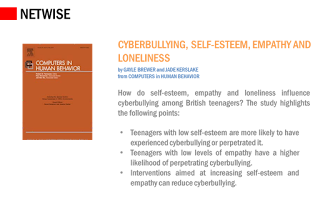Mr Chang C.L.
Robots take up the slack in CGH's labour crunch
With Singapore's rapidly ageing population, there will be more seniors needing care in future, but not enough carers to do the job.
This is why hospitals are turning to robots and other assistive technology to ease the burden on the manpower-strapped sector.
Instead of a nurse checking every 15 minutes for six hours to see if a patient who has had a catheter inserted is bleeding, a special blood-sensitive "bandage" can do the job, freeing the nurse for six hours of more fulfilling work.
A robot, not a therapist, can help recovering stroke patients exercise; another can keep early-stage dementia patients occupied and alert them to take their medicine, or to call for a helper when it senses that they are struggling to get up.
Call it Changi General Hospital's (CGH) answer to the labour crunch. This technology can become mainstream within the next few years.
Dr Chionh Chang Yin, who heads renal medicine at CGH, plans to trial the blood-sensitive bandages designed by the Singapore University of Technology and Design (SUTD) later this year.
If it works as well as expected, it can be used for not only dialysis patients, but also heart patients who have had a stent put in, or had to do an angiogram to check the heart.
Bleeding from the puncture hole is rare, said Dr Chionh, but should it happen, a patient can bleed to death if not treated immediately.
The SUTD device can tell blood from other fluids, and will set off an alarm if it senses one millilitre of blood.
The idea for the Centre for Healthcare Assistive and Robotics Technology (Chart), started early last year and launched by President Tony Tan Keng Yam yesterday, was triggered by the visit of a team from Japan in 2012 wanting to know if there was a market for such products.
Dr Lee ChWien Earn, CGH's chief executive officer, said some technology might be great, but not what patients or hospitals want. So CGH decided to work with industry on what it needs instead.
"It's better to create solutions to meet needs," he said. "The user must be involved from the start."
The technology does not have to be new, he said. It can be something used in other industries that can be adapted to healthcare needs.
Examples that are now being tweaked to fit healthcare settings include automated guided vehicles used in warehouses. A unit can carry shelves holding food, linen or files, or move heavy items like beds. All it needs is a map of the hospital to find its way around.
The idea is to "take the manual out of healthcare", said Chart's director, Ms Selina Seah, adding that it is increasingly hard to find people to fill jobs like porters.
A team from the Nanyang Technological University took six months to convert an industrial robotic arm to pick and pack a range of objects, including fragile items.
Ms Seah said the robot arm can work non-stop and do the job without mistakes, unlike people who get tired and could become careless.
Dr Tan said Chart provides a platform for research institutes, companies and healthcare practitioners to collaborate in the development of new, impactful healthcare delivery solutions.
He revealed that Chart will be part of the National Robotics Programme. The Government will release details later this year of this multi-agency initiative to test-bed robotic technologies across various sectors, he said.
President Tan also officially opened the 280-bed Integrated Building shared by CGH and Saint Andrew's Community Hospital.

































